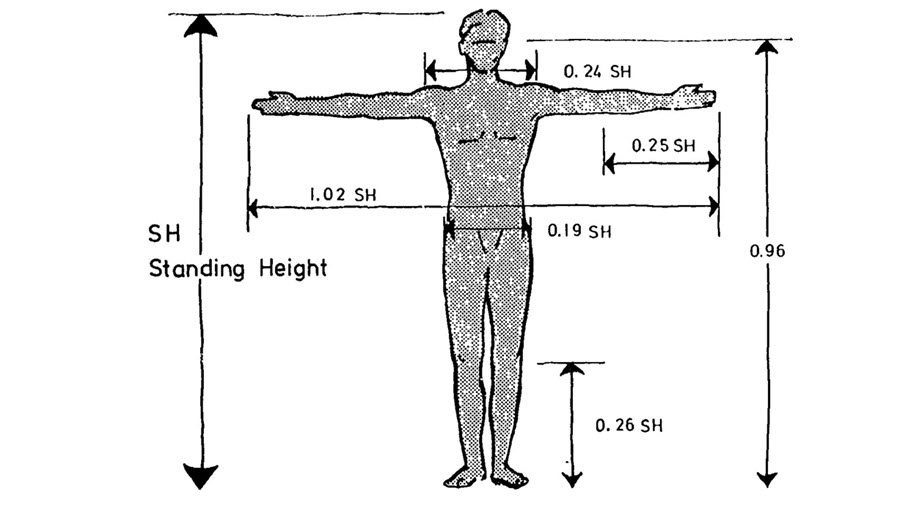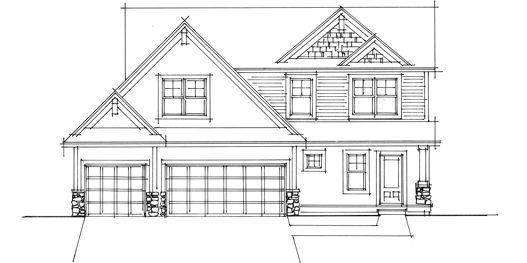 |
| Source |
Like anthropometry, ergonomics studies the measurements and proportions of the human body but more closely examines workplace factors that inhibit or enhance interactions within that space. Have you ever considered how one environment may differ based on different professions? For example, an office professional who typically sits most of the day may benefit from a standing desk design where movement is encouraged. On the other hand, a dentist office is equipped with the proper design to allow movement of various instruments (lighting, chairs, room for rolling instrument carts, etc.). These examples are proof that ergonomics is a key principle that is often considered in commercial design. Not only does proper design in the workplace prevent fatigue and stress, but it helps create a collaborative space that lowers work associated costs as well.
 |
| Source |
More studies reveal that standing desk designs support better posture and alignment, in turn, supporting healthier and happier employees. If an employee is in pain from constantly sitting, then their productivity at work will be diminished. If they are comfortable, then they are more than likely to exceed the demands of the job. Companies like Google, NBC, Yahoo, and Boeing have already noticed this and implemented this design into their offices. Forbes goes on to say, “When you’re trying to come up with an idea or solve a problem, you move around. A sit-stand desk just makes it easier, faster, and more convenient. It also increases your productivity” (Forbes).
In other professions such a dental office, design requirements may be different. The accessibility of instruments and devices must be readily available in times of need or emergency. For a salon, the hair stylist must be able to maneuver his/her way around the client’s styling chair and be able to have access to the equipment needed. My girlfriend’s mom, Susan, is a hair stylist at a retirement home. Her salon is set up in a unique way that accommodates elderly, disabled residents. There is room for wheelchairs to come and go and the bowls for washing hair have extensions since most of her clients cannot lean backwards. In both of these situations, the thought that went into the design process dramatically improved the working conditions for those involved.
In conclusion, the study of ergonomics influences workplace satisfaction. Most Americans spend 40+ hours at work per week. It makes complete sense to utilize ergonomics to create happier, healthier and more dedicated staff which in turn, promotes a successful work environment.
Charytonowicz, J. (2000). Architecture and ergonomics. Proceedings of the Human Factors and Ergonomics Society ... Annual Meeting, 6, 103.

No comments:
Post a Comment